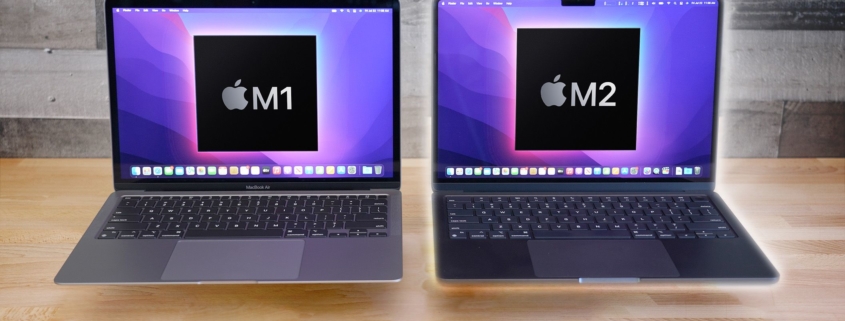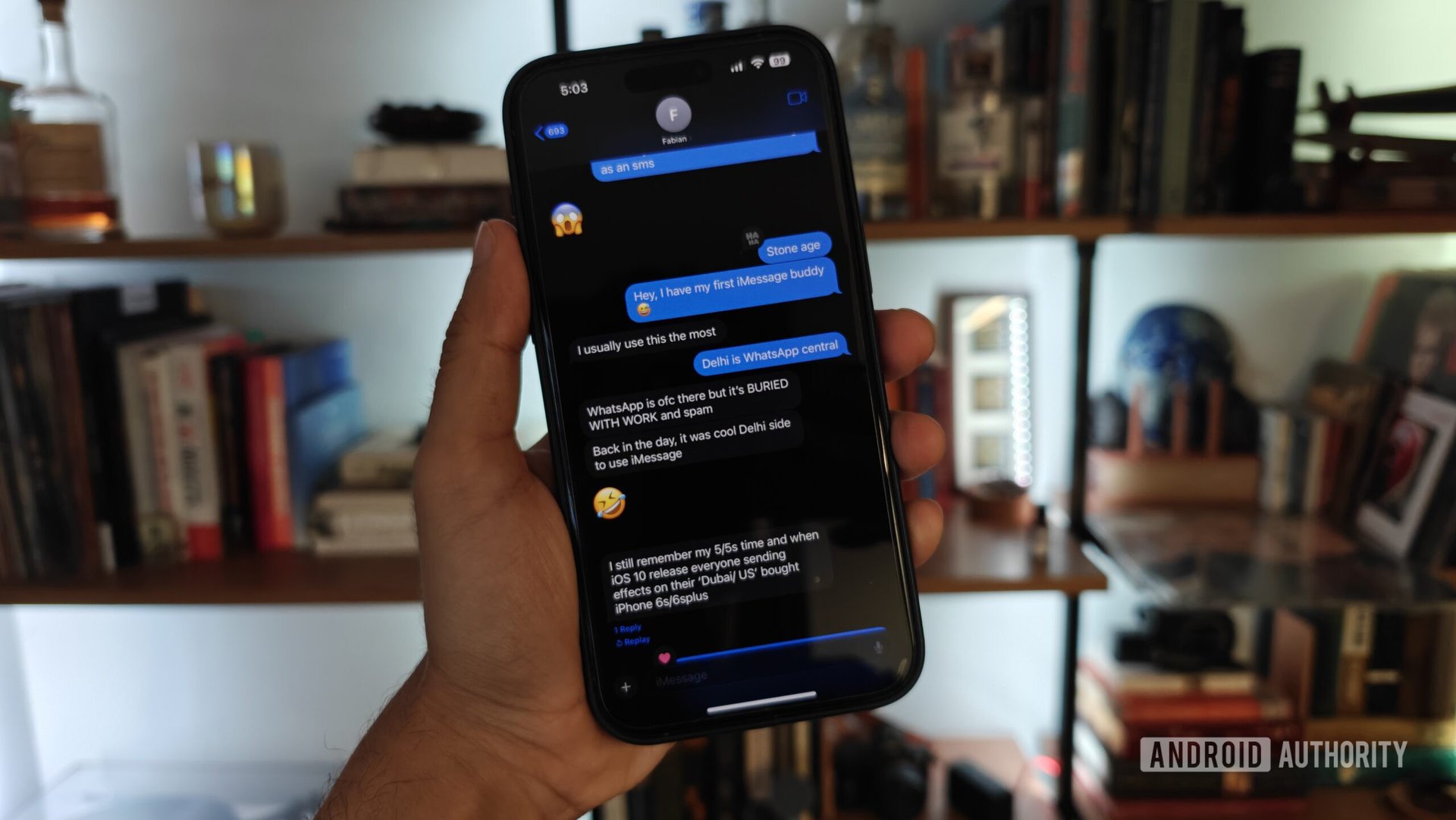Scientists install encryption shield to protect advanced Chinese quantum computer from attack
The new methods are to replace the conventional public-key cryptography system, which could be vulnerable in the face of quantum computers with powerful computing capabilities.
The report quoted Dou Menghan, deputy director of the Anhui Quantum Computing Engineering Research Centre, as saying the “anti-quantum attack shield” was developed and used for the first time by Origin Quantum, the developer of the computer named after the Monkey King of Chinese mythology.
“This shows that China’s home-grown superconducting quantum computer can play both offence and defence in the field of quantum computing,” he said.
“This is also an important exploration of the application of new data security technologies in China.”
The third-generation Wukong is powered by a 72-qubit home-grown superconducting quantum chip, also known as the Wukong chip.
In January, the superfast computer opened remote access to the world, attracting global users from countries such as the US, Bulgaria, Singapore, Japan, Russia and Canada to perform quantum computing tasks.
In traditional computing, a bit is the basic unit of information that represents either zero or one. A quantum bit, or qubit, takes it a step further by being able to represent zero, one, or both simultaneously.
Lawmaker urges China to safeguard tech production chain for a quantum edge
Lawmaker urges China to safeguard tech production chain for a quantum edge
Because quantum computers can simultaneously represent multiple possibilities, they hold theoretical potential for significantly faster and more powerful computation compared to the everyday computers we use now.
But the subatomic particles central to this technology are fragile, short-lived and prone to errors if exposed to minor disturbances from the surroundings. Most…





